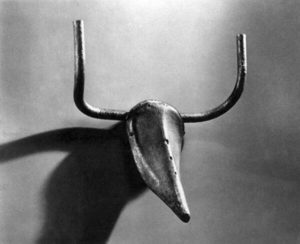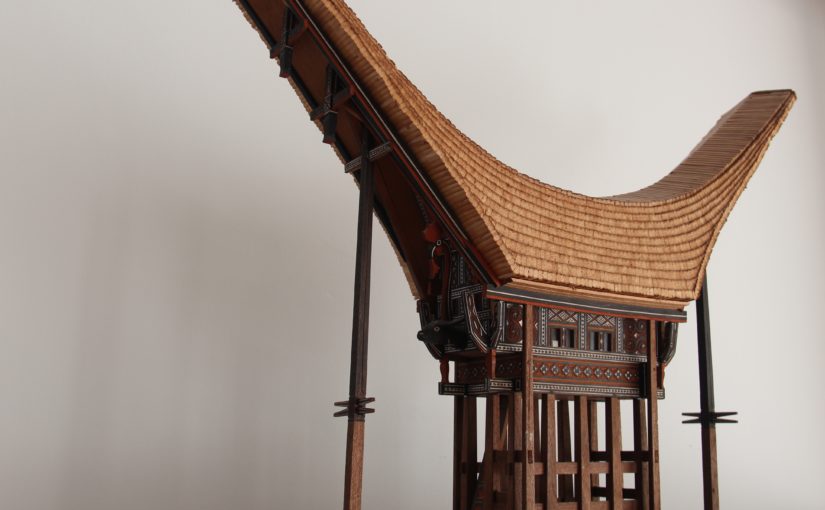Since my childhood I have lived in the presence of this model of a tongkonan, the typical house of the Toraja in South Sulawesi. My father used to regularly travel to the area to buy and export spices from the harbour of Makassar. He received the model tongkonan from one of his providers.
Tongkonans’ architecture is unique with stilts and a saddle-back roof that provide a kind of rhythm to the building. Decoration is abundant, including painted motifs and a carved buffalo head on the facade, symbol of prosperity and ritual sacrifice. It all looks very well integrated in the local environment and culture.
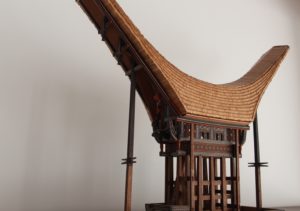
During last week’s visit at the Maeght Foundation in Saint-Paul-de-Vence, I was also struck by the architecture that was perfectly matching the Mediterranean context. Josep Lluis Sert perfectly translated Aimé Maeght’s intentions. The presence of light is essential inside the building as well as in the outdoor courtyards and gardens. The space is rich in sensorial stimulations, both natural and man-made: shapes, colours, sounds, perfumes, textures and of course the wonderful collection of modern and contemporary art.
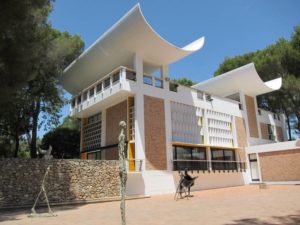
The white roof of the main building reflects the sunlight. I look up towards the trees and the sky. The two thin curved sheets of concrete are stunning and evoke the horns of a bull.
Miro’s sculptures are nearby.
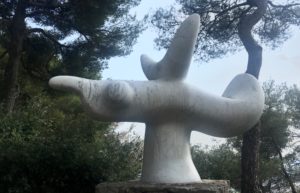
Are bulls a regional archetype? They were no doubt one of Picasso’s preferred subjects. His 1942 Bull's Head made of a bicycle saddle and handlebar inevitably connects with the buffalo head on the tongkonan.
